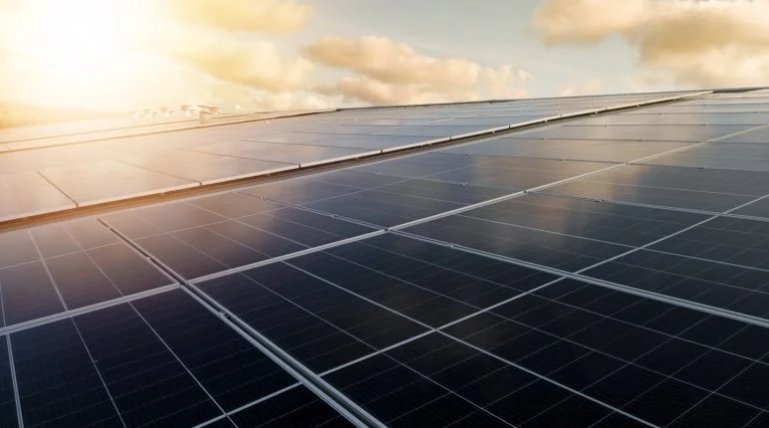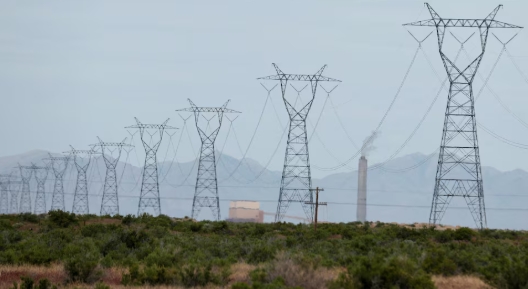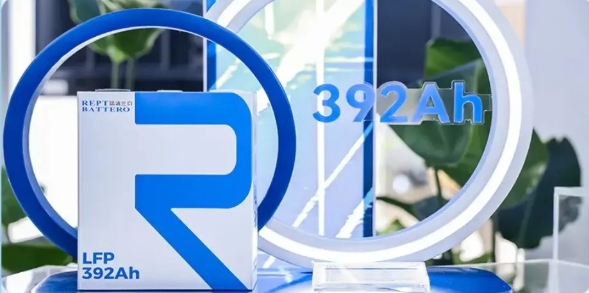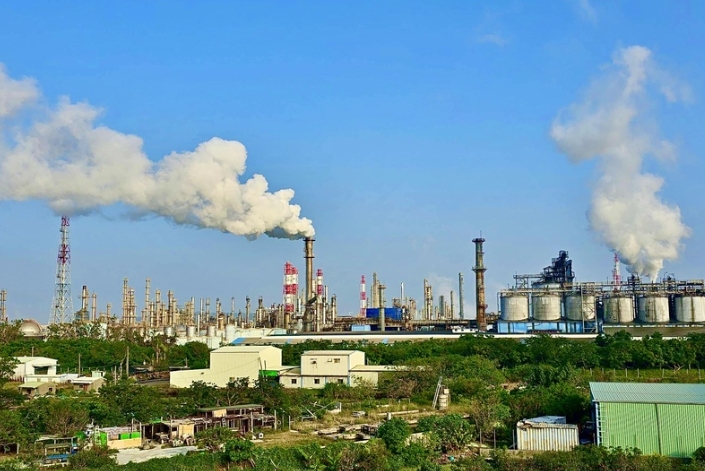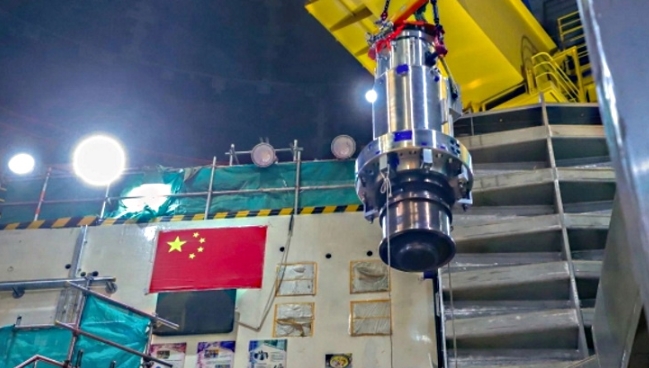Enel Green Power (EGP) has announced it has successfully experimented with satellite positioning technology to monitor the infrastructure of hydropower plants and the mountainous areas where they are built.
The company said it has initiated an innovative project, GPS Hydro, based on the Global Navigation Satellite System (GNSS), to enable precision geo-spatial positioning – at any point on the Earth's surface – for all devices equipped with receivers.
GNSS has already been adopted in other contexts for precision surveying, for example, for cartography; but the systematic monitoring of hydroelectric infrastructure had specific requirements. The feasibility and suitability of the technique had to be verified, even in unfavorable conditions for satellite visibility such as mountainous terrain, tall buildings and other structures, or vegetation.
The company began an experiment at four sample sites, three in Italy and one in Spain: two dams (Gusana in Sardinia and Alanno in Abruzzo) and two hydraulic pipelines (Gandellino in Lombardy and Pampaneira in Andalusia).
Gioacchino Bellia, Head of Hydro Innovation at Enel Green Power said these facilities were chosen because they were representative of four different types: an earthen dam, a concrete dam and two pipelines.
“At each of the four sites, the validity of the technology was tested for both signal reliability and data accuracy,” Bellia explained. “The results have been decidedly positive, so much so that we have already initiated two additional projects in Italy and are considering others, in Spain and other countries where we are operative."
The GNSS technique consists of placing one or more antennas on the infrastructure for monitoring purposes. Another receiver, which serves as a reference, is placed far from the infrastructure, on stable ground. It will then process the satellite data related to the different antennas and continuously provide the position of the various monitored points.
When fully deployed, GNSS will be widely used, and for different types of hydropower infrastructure. In some cases – where there are regulatory requirements – the new technology may be used in addition to traditional methods, rather than as a replacement.
"The human factor will still be crucial," Bellia said, "but it will be increasingly directed toward high value-added activities: surveys and field inspections will always be necessary, but they can be made increasingly efficient, thanks to the analysis and interpretation of data from satellites.”



